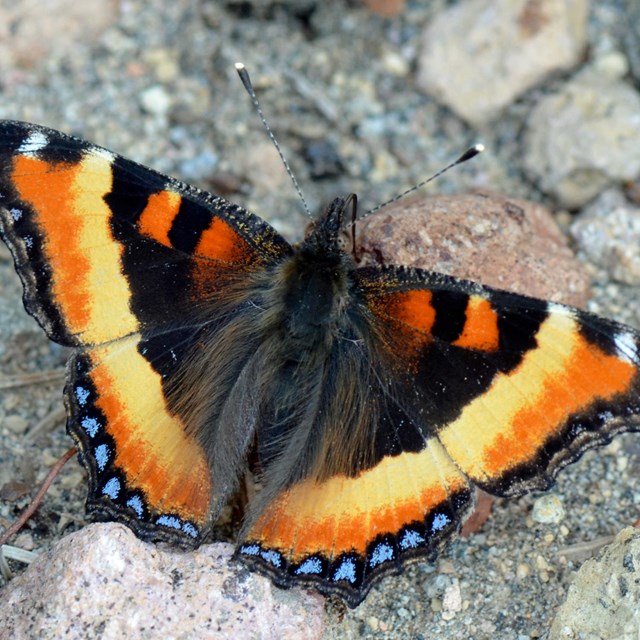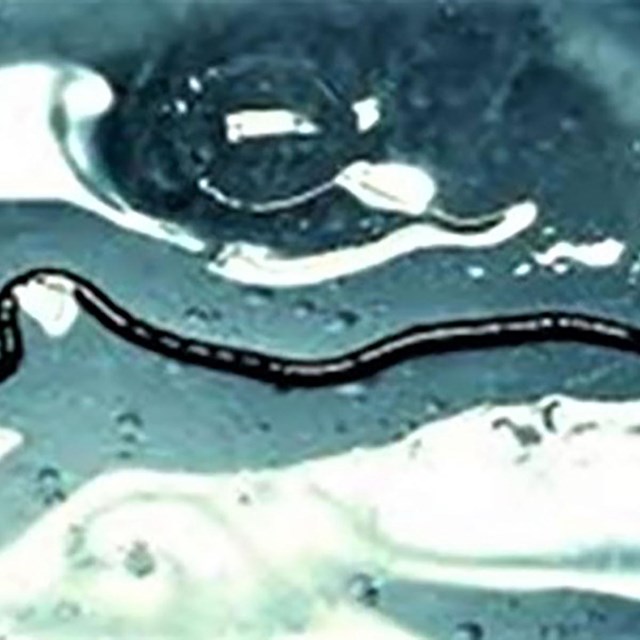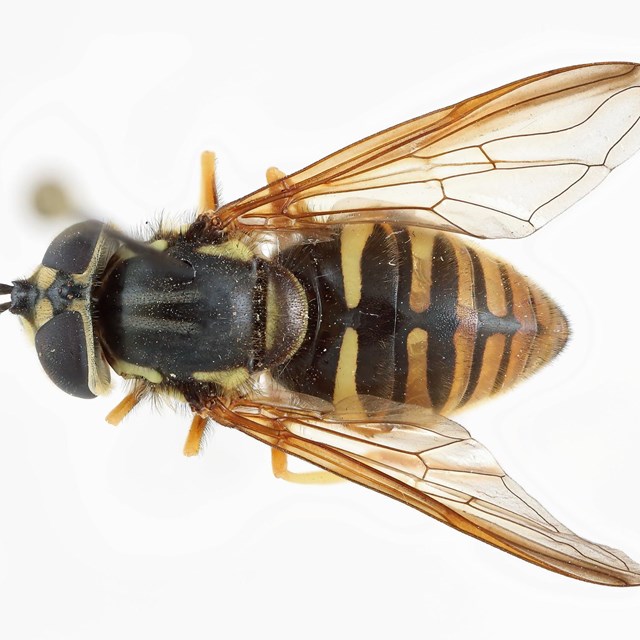If you have spent time in the mountains, you have experienced the persistent whine (and annoyance!) of the seemingly ever-present mosquito. But mountains are also home to a great diversity of other invertebrates, some uniquely adapted to their harsh environments. Invertebrates are a group of animals that do not possess a backbone or bony skeleton. This includes animals such as insects, spiders, mollusks, worms, and more. The majority of all animal species, an estimated 90 percent, are invertebrates! These often overlooked animals play vital roles in the environments they inhabit, from being essential components of the food web to pollination, decomposition, and nutrient cycling.
Invertebrates can be indicators of the quality of the habitats in which they live. Many may be sensitive to climate change as the plant communities they depend on shift with changing precipitation and temperature, or the conditions of aquatic habitats they may live in are degraded. Scientists study communities of stream and lake-dwelling invertebrates to see how the composition of these communities change in impaired habitats. They also study insects such as dragonflies, which are good indicators of pollutants in the environment. Other invertebrates may be considered pests when their populations are tipped out of balance due to climate change. Learn more about this fascinating group of animals in our mountain parks in the links below.
-
 Milbert's Tortoiseshell
Milbert's TortoiseshellPollinators are vital to plants in mountain environments
-
 Ice worms!
Ice worms!Ice worms are "extremophiles," inhabiting the harsh, cold environment of glacial ice.
-
 North American hoverfly
North American hoverflyLearn about bees, flies, and butterflies in North Cascades and Olympic National Parks
Stoneflies are aquatic insects that live on stream bottoms during their larval stage and then emerge onto land as adults. These insects are highly adapted to life in very cold mountain streams, fed by glaciers and snowmelt. Watch researchers surveying for them in Glacier National Park in the video below.
- Duration:
- 2 minutes, 10 seconds
This is a short video showing Aquatic Entomologist Joe Giersch searching for rare alpine stoneflies in Glacier National Park. An Audio Described version of this video is also available.
Last updated: October 26, 2022
